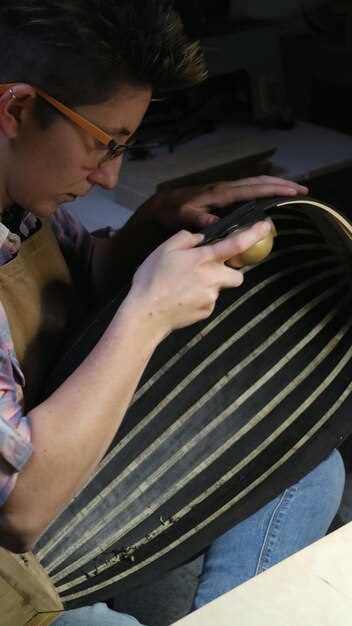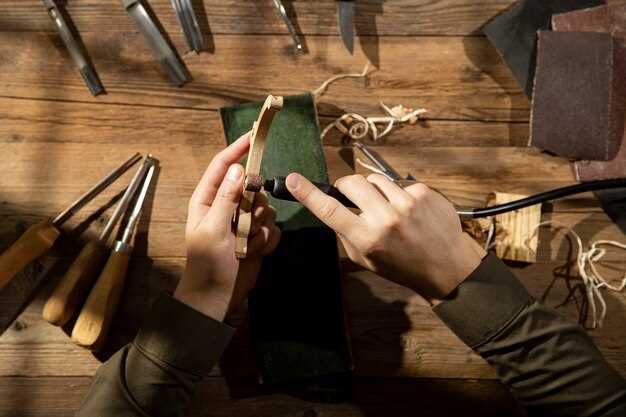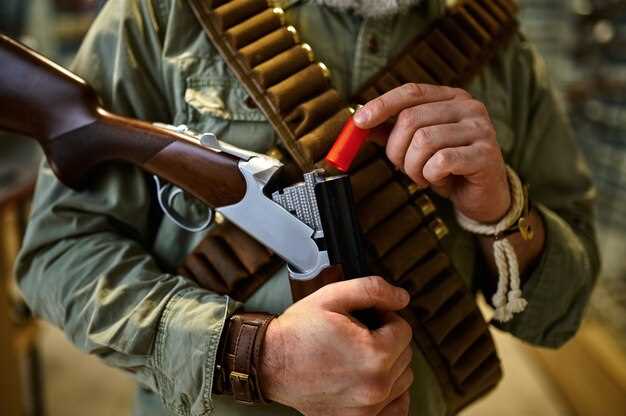
When it comes to archery, achieving optimal performance hinges on the quality of your bowstring. A well-tuned bowstring can greatly enhance accuracy and consistency, making the process of creating a bowstring jig an essential skill for archers. This article delves into the intricacies of building a jig that ensures precision in your bowstring construction.
To create a reliable jig, you will need specific tools that enable you to maintain tension and alignment while working with the string. The design of the jig is crucial; it should allow for ease of use while providing the stability required for consistent results. Understanding the components of your jig and how they interact is vital for tuning your bowstring effectively.
With the right setup, you can produce bowstrings that not only meet your exact specifications but also improve your overall shooting experience. In the following sections, we will explore the materials required and step-by-step instructions to create a customized bowstring jig tailored to your archery needs.
Selecting Materials for Your Bowstring Jig

When creating a bowstring jig, choosing the right materials is essential for achieving precision and durability. The main components of the jig include the frame, pulleys, and attachment points for the string. Each material selected must provide structural stability while ensuring ease of assembly and use.
For the frame, hardwood is a popular choice due to its strength and resistance to warping. However, alternatives like plywood or MDF can also work well, especially when properly reinforced. The choice of material can impact both the weight of the jig and its overall stability during string tensioning.
Pulleys are crucial for minimizing friction and allowing smooth operation while working with the string. Using nylon or high-grade plastic for pulleys can enhance their longevity and reduce wear from constant use. Metal pulleys, while durable, may contribute to higher friction levels and should be avoided unless specifically designed for this purpose.
Attachment points should be chosen carefully, as they need to withstand significant tension without bending or breaking. Stainless steel or high-strength plastic hardware can provide reliable anchoring for the bowstring, ensuring safety and performance. Depending on the design, consider using eye bolts or specialized clamps to secure the string effectively.
Lastly, don’t overlook the tools you will need during construction. A saw for cutting the frame materials, a drill for making precise holes, and a wrench for securing hardware are essential tools that will facilitate the building process. Ensuring you have these tools ready can streamline your project and lead to a more efficient assembly of your bowstring jig.
Step-by-Step Assembly of a DIY Bowstring Jig

Assembling a DIY bowstring jig at home requires careful planning and the right tools to ensure accuracy and functionality. Follow these steps to create your own precision jig.
Materials and Tools Needed: Before starting, gather the following materials: two sturdy boards (at least 1×4 inches), bolts, nuts, wing nuts, a ruler, and a drill. Ensure you have a saw for cutting the wood, as well as wood screws and a level.
Step 1: Cut the Boards – Begin by cutting the two boards to the desired lengths. Typically, one will serve as the base while the other acts as the vertical support. Standard lengths are around 36 inches for the base and 24 inches for the support. Adjust according to your preference.
Step 2: Create the Holding Mechanism – Attach a small block on the vertical board that will hold the string in place. This block should have a groove carved into it to securely hold the bowstring during tensioning. Use your drill to make a hole for the bolt that will hold the string ends tightly.
Step 3: Assemble the Framework – Secure the vertical support to the base using screws, ensuring it is perpendicular. Use a level to double-check alignment before tightening all screws to avoid any wobbling during use.
Step 4: Install the Adjustable Arm – Attach a horizontal arm that can be adjusted. This arm should be fixed to the vertical support using bolts, allowing you to move it to accommodate various string lengths. Make sure to use wing nuts for easy adjustments when needed.
Step 5: Final Adjustments – Once the framework is complete, check all connections to ensure stability and strength. Test the jig with a spare string to ensure that it can handle the tension while remaining secure and functional.
Step 6: Finishing Touches – Sand any rough edges to prevent splinters and ensure smooth operation. Optionally, you can paint or seal the wood for aesthetic appeal and extra durability.
By following these steps carefully, you will have a functional and precise bowstring jig suitable for home use. With the right tools and materials, it’s possible to create a reliable jig that will serve your archery needs for years to come.
Adjusting Your Jig for Accurate String Tension
To achieve optimal bow performance, adjusting your jig for accurate string tension is crucial. Begin by selecting the right tools to facilitate precise measurements. A reliable scale or a tension meter is essential to ensure you can quantify the tension applied to the string accurately.
Start by securing your bowstring jig on a stable surface. Ensure that all components are aligned correctly and that there is no play in the system. Any instability can lead to inaccurate tension readings. After setting up, attach the string to the jig and ensure it is properly seated to avoid slippage during the adjustment process.
Before applying tension, familiarize yourself with the desired specifications of your bow’s string tension. Consult the manufacturer guidelines or preferences based on your shooting style. Gradually increase the tension, monitoring it closely with your chosen measuring tool. It’s critical to adjust incrementally, allowing you to stop at the optimal tension point without overshooting.
Once you achieve your targeted tension level, it is vital to fine-tune the jig. Make necessary adjustments to ensure that the string remains stable while in use. This may involve securing additional clamps or fine-tuning the tension settings on the jig. Test the bowstring by drawing the bow a few times and monitoring the behavior of the string under load.
Regular checks of the jig for accuracy and wear will help maintain consistent performance. Reassessing the tool’s calibration frequently ensures that future string setups remain precise. By following these steps, you can effectively adjust your string jig, leading to enhanced accuracy and performance in your archery pursuits.



